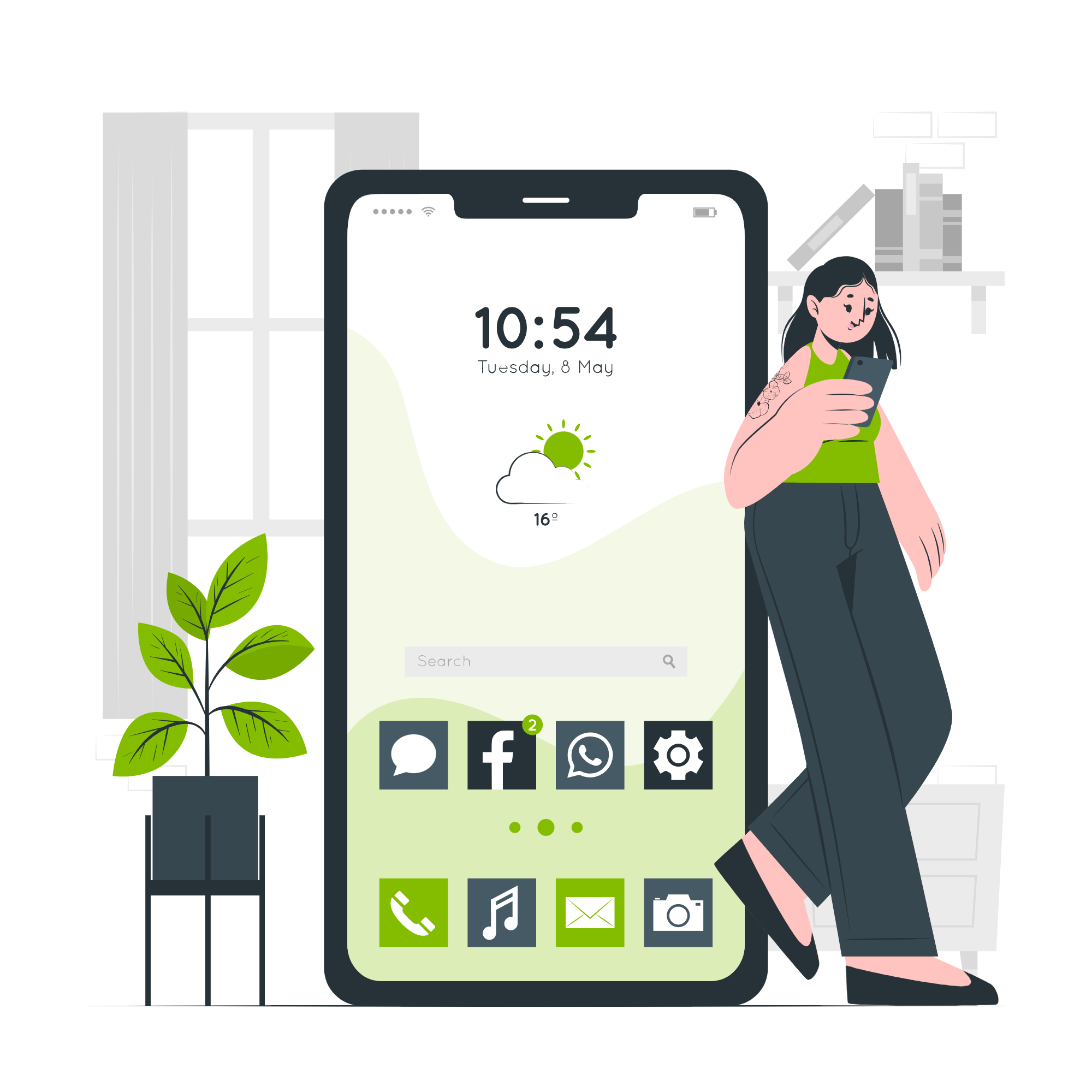Looking for Teaching and Learning?
Parenting with Confidence in the Digital Age
Over the past 12 months, we have seen US states ban TikTok, multiple state ministers in Australia lobby for huge social media reforms, and the eSafety Commission report a 40% increase in online bullying. Additionally, the prevalence of AI has continued to evolve and unravel inside school environments.
“Ysafe” a cyber safety organisation recently published a paper bringing together the insights of the world’s most respected online safety experts. Each contributor is a leader in their field, with rich expertise in psychology, teaching, governance, law enforcement, and digital wellbeing.
One of the areas they targeted was “Addressing the Struggles and Pressures of Parenting in a Digital World”. Their findings are found below:
Up-ageing: Preserving childhood in a hyper-connected world

Issue: Many parents find it difficult to delay their children’s access to smart phones or social media platforms beyond the start of senior school. As technology becomes more available and important for learning, children are often left to use devices and tools without adequate supervision, both at school and at home. This leads to the top question we get asked: ”How much screen time should I allow?”
Action: If screen time is the main concern, establishing appropriate boundaries and engaging in open conversations about device use is essential for safety; however, necessary boundaries and discussions will differ significantly if the focus shifts to accessing inappropriate content.
Tips for Parents

Quality over quantity
Focus on the quality of your child’s screen time rather than the amount. Consider the content when determining how long your child can spend accessing it. To help, try imagining two children asking for screen time. One requests 15 minutes, and the other asks for an hour. Most parents would likely favour the 15 minutes, but what if that 15 minutes involved violent gameplay, while the child who spent the hour used an app to learn to play their favourite song on guitar?

Expert insights
Use resources like the esafety commission to help guide your discussions and decisions regarding your child’s digital access.

Plan, don't just ban
Simply banning an app or platform doesn’t often work; children will usually find ways around it. Instead, create a plan with guardrails before granting full access.

Co-create tech agreements
Sit down with your child to create a family tech agreement together. Display it prominently on the fridge as a daily reminder of your shared commitment to safe technology use. If you can, establish parental controls early on. It is far easier to loosen restrictions as your child matures than it is to impose them on a teenager already accustomed to unrestricted online access.
Although enforcing parental controls later can be challenging, especially with older children, don’t give up! Explain the importance of implementing them but establish a clear process to review the parental controls that are in place together regularly. This shows your child that you value their input while prioritising their online safety. Remember, starting with stricter protections that you can adjust gradually is always better than scrambling for control later.
The OPACT
Mr Owen recently shared a new initiative, the OPACT, essentially a pact that OPAC families may choose to follow in supporting consistent and appropriate technology boundaries within our community.
Many OPAC families have already signed up and if you haven’t we encourage you to stand together in a commitment to healthy screen use and positive mental health by reviewing the pact together and acknowledging it.
To support this initiative, just register your acknowledgement through the Link to OPACT Acknowledgement.
App paralysis: Overwhelmed by options

Issue: Understanding the latest trending apps used by young people of all ages can be challenging and overwhelming for parents. This lack of knowledge prevents them from effectively supporting their children in navigating online spaces safely. As a result, parents may impose fewer restrictions than necessary, leading to increased online safety risks for their children.
Action: It is essential for parents to get to know the online environments where their children spend their time. There are various ways to achieve this, with research being a common first step. However, we also recommend engaging with their digital world and striking up an open, judgement free conversation. This approach will give parents valuable insights into their children’s initial attraction to particular platforms and games and why they stay there. Open conversations help to build trust and agency, providing children with an opportunity to teach their parents something (and we all know children love to teach us new things every day!).
When researching the digital spaces that young people frequent, it’s common to come across troubling stories about the risks and dangers associated with many of these platforms. While this information is helpful in setting appropriate boundaries based on the app’s features and the child’s age, it’s not the only research parents should consider. We suggest using robust parental control tools on young people’s devices to monitor the time spent on these platforms and the content they consume. These tools can also help block or alert parents about distressing content when necessary.
Research and playing alongside their children can give parents a deeper understanding, enabling them to make well-informed decisions. The more they know, the better prepared they’ll be!
For more information on parental control tools see link below:
God bless,
Ms Alison Menzies
Deputy Head of Senior School – Health and Wellbeing
ySafe Insights Report, 2025


